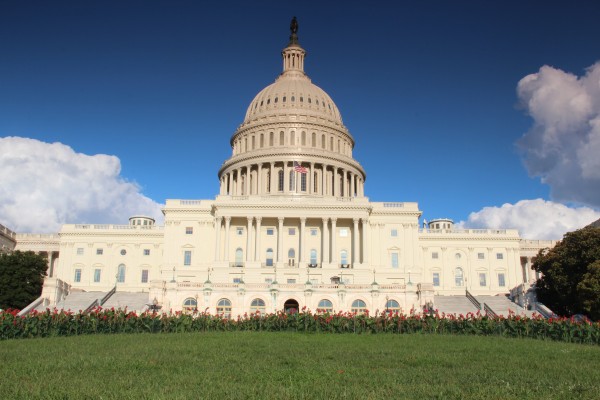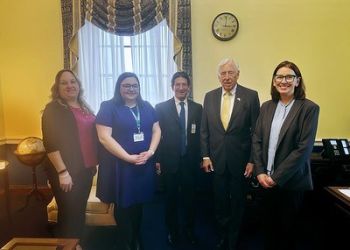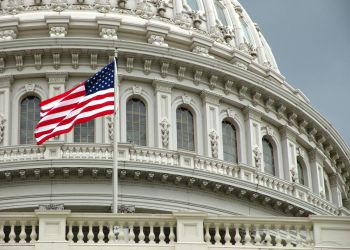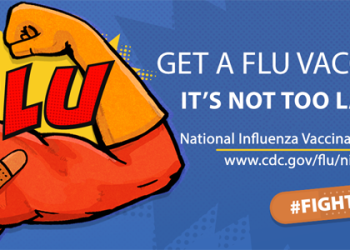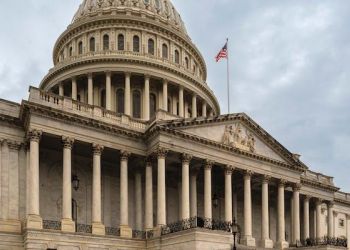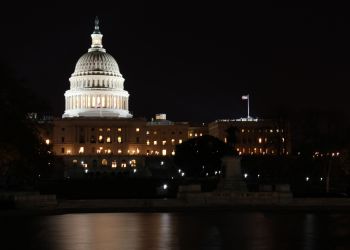Last Friday, President Biden released his full budget proposal for FY 2022. While Presidential budgets are only proposals—and Congress is welcome to adopt any part of it, or not, when they appropriate funding for the next fiscal year—it is seen as an important statement of what the Administration values and would like to prioritize.
The budget contains the largest proposed investment in the Centers for Disease Control and Prevention (CDC) in two decades, investing $9.7 billion for the agency— a $1.7 billion increase over FY2021. All budget line items in CDC divisions received increased funding in the budget.
The Biden budget expands existing programs such as the Maternal, Child and Health Block Grant program, while creating new programs as the nation pulls through the COVID-19 pandemic. The Department of Health and Human Services (HHS) budget focuses on preparedness efforts with large increases to the strategic national stockpile and the Biomedical Advanced Research and Development Authority (BARDA); however, it neglects to increase funding to needed local health department grant programs such as the Public Health Emergency Preparedness program, a key priority of NACCHO.
The budget also heavily focuses on the threat of violence as a public health issue, including a new Community Violence Intervention initiative through CDC. In addition to the discretionary investment of the initiative, the budget includes a total of $5 billion in mandatory funding for CDC and the Department of Justice, beginning in FY2023 and continuing through FY2029.
Public health impacts from climate change are also a focal point in the budget request. The budget supports increased funding and research towards understanding the health impacts of climate change.
Finally, access to affordable health care and addressing maternal health are a focus of the Administration. The budget notes that it is a priority of the Biden Administration to address high mortality rates for Black and American India/Alaska Native women, providing increased discretionary funding to reduce maternal mortality and morbidity.
Specific budget amounts requested include:
Centers for Disease Control and Prevention (CDC)
- CDC Injury Center – $1.1 billion, an increase of over $420 million over FY2021 levels, which focuses on supporting state and local health departments to prevent unintentional and intention injury and violence that affects youth, prevent rape, sexual and intimate partner violence; and prevent child abuse and neglect.
- Opioid Overdose Prevention and Surveillance program – $713 million, a $238 million increase from FY2021 enacted levels, that would expand the reach of the program to approximately 25 of the nation’s largest cities and 40 smaller communities heavily impacted by the overdose crisis.
- Social Determinants of Health program – $153 million, a $150 million increase over FY2021, for CDC’s Social Determinants of Health program to expand activities to address social determinants of health in all states and territories. The funding can support data and communication efforts aimed at addressing health disparities.
- Public Health Data Modernization – $150 million, a $100 million increase over FY2021, to efforts to expand electronic case reporting and connectivity to electronic health records. NACCHO has advocated for increased data modernization efforts to assist with administrative burden of antiquated systems, such as local health departments faxing COVID-19 information to CDC.
- Ending the HIV Epidemic program – $275 million, a $100 million increase over FY2021 levels.
- Climate and Health program – $110 million, a $100 million increase over FY2021, to support local, state, tribal and territorial public health agencies to be climate ready and prepared.
- Public Health Emergency Preparedness – $695 million, same as FY2021 enacted levels. NACCHO has requested $1 billion for this critical program.
- CDC National Center for Emerging and Zoonotic Infectious Diseases (NCEZID) did not receive any increase in funding including the Division of Vector-Borne Diseases (DVBD)
Health Resources and Services Administration (HRSA)
- Maternal and Child Health Block Grant - $823 million, an increase of $110 million from FY2021
- Ryan White AIDS Programs – $2.6 billion, an increase of $131 million from FY2021.
- Part A Emergency Assistance (cities) - $666 million, an increase of $10 million from FY2021.
- Part B Comprehensive Care (states) - $1.3 billion, an increase of $30 million from FY2021.
- Part B AIDS Drug Assistance Program - $900 million, same as FY2021.
- Ending the HIV Epidemic Initiative - $190 million, an increase of $85 million from FY2021.
HHS Public Health and Social Services Emergency Fund
- Assistant Secretary for Preparedness and Response - $3.5 billion, an increase of $676 million from FY2021.
- Hospital Preparedness Program - $292 million, an increase of $11 million from FY2021.
- Biomedical Advanced Research and Development Authority - $823 million, an increase of $227 million from FY2021.
- Project BioShield - $770 million, same as FY2021.
- Medical Reserve Corps - $6 million, same as FY2021. MRC received a $100 million appropriation in the American Rescue Plan Act.
- Pandemic Influenza Preparedness - $328 million, an increase of $48 million from FY2021.
- Strategic National Stockpile – $905 million, an increase of $200 million from FY2021.
New HHS Programs
The Biden budget also proposes new programs and budget lines. Of note, the budget includes new investments in Public Health Infrastructure and Capacity to transition from a “boom and bust cycle” of supplemental funding tied to a specific emergency to sustainable funding that can prepare for and prevent another public health crisis. Some of these programs include:
- Public Health Infrastructure and Capacity - $400 million in flexible funding that can rebuild the most critical public health infrastructure needed to safeguard against the next pandemic and other emerging health threats.
- Prepare Americans for Future Pandemics - $6 million in FY2022 in discretionary funding but requests $30 billion in mandatory funding over four years, in HHS, the Department of Defense, and the Department of Energy for medical countermeasures manufacturing and related activities to create jobs and prepare Americans for future pandemics.
- Community Violence Intervention Initiative - $100 million to CDC to start the initiative, in collaboration with the Department of Justice, to implement evidence-based community violence interventions at the local level.
- Reducing Maternal Mortality - $3 billion over five years in mandatory funding to invest in maternal health and reduce the maternal mortality rate and end race-based disparities in maternal mortality.
The next step in the process is for the House and Senate to complete the drafting of their FY2022 appropriations bills, followed by committee votes on the 12 bills in the appropriations process. The House is no longer accepting appropriations requests; however, the Senate is still accepting requests. NACCHO has submitted appropriations requests with 109 House members and 54 Senators. All appropriations bills must be completed by the end of the fiscal year on September 30, or Congress will have to pass a continuing resolution (CR) to keep the government funded at the start of FY2022 on October 1.
